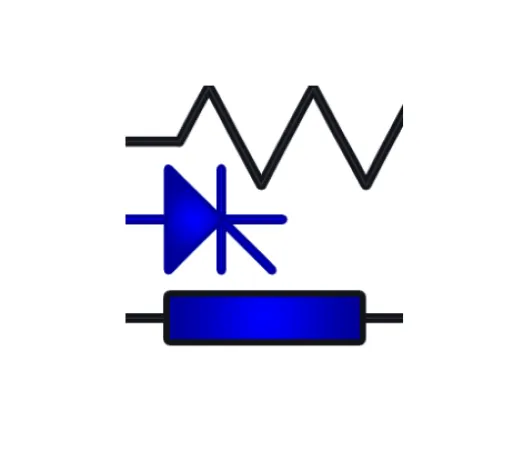14 Results for the search " overvoltage":
AC line pipeline magnetic coupling
Description:
Example of overvoltage induced by magnetic coupling between a line and a pipeline
Tag(s): pipeline, coupling, induced, overvoltage
INDUCED VOLTAGES AND CURRENTS: OVERVIEW AND EVALUATION OF SIMULATION MODELS AND METHODOLOGIES
Description:
In this paper induced voltages and currents caused by underground cables are calculated in cable sheaths and nearby metallic pipelines. The performance of several simulation methods and models are inv... see moreestigated in steady-state, considering also different implementations in ATP-EMTP, EMTP-RV and PSCAD/EMTDC. The analysis is extended in the simulation of transient overvoltages in cable systems, evaluating the accuracy of two widely used simulation models. The influence of different parameters is investigated, among them specifically the earth properties. Results reveal that implementing accurate earth representations, earth conduction effects have a significant impact on induced voltages at the power frequency, while for high frequency phenomena the influence is minor.
Tag(s): induced voltages
LVRT OVRT function
Description:
This device is an OVRT LVRT protection device.
The user enters the curves points.
It is assumed that the curve is horizontal between two points.
Tag(s): LVRT, OVRT, ride, through, FRT, undervoltage, overvoltage
Selection of MV/LV Transformers to be Protected by Surge Arresters against Indirect Lightning Overvoltages
Description:
The papers addresses the problem of locating surge protective devices in a medium voltage distribution network by means of an accurate computer model for the calculation of lightning induced overvolta... see moreges and a Monte Carlo statistical procedure. The indirect lightning performance of small network cells of different configuration are evaluated and used as a benchmark for the validation of the surge arrester locations provided by a genetic algorithm procedure. The obtained results appear useful for the lightning protection design of networks
with complex topology.
Authors: Alberto Borghetti, Fabio Napolitano, Carlo Alberto Nucci, Fabio Tossani, Gilnei J. G. Dos Santos, Donorvan R. Fagundes, Gustavo P. Lopes, Manuel L. B. Martinez
2014 International Conference on Lightning Protection (ICLP), Shanghai, China
Tag(s): distribution network; surge arresters; lightning protection.
Indirect-Lightning Performance of Overhead Distribution Networks With Complex Topology
Description:
The paper deals with the evaluation of the indirect-lightning performance of overhead distribution networks. The novelty of this contribution is that it takes into account the inherent complexity of d... see moreistribution networks. These networks are indeed characterized by a plurality of lines (main feeder and laterals) and also by the presence of typical power components (e.g., transformers and surge arresters); they consequently differ considerably from the straight line configuration generally adopted in this type of studies.
To accomplish such an evaluation we have extended the general procedure already presented in a previous paper based on the use of the LIOV code along with the Monte Carlo method. The extended procedure combines the advantage of the LIOV-EMTP computer code—that allows the calculation of lightning-induced voltages in complex distribution networks—with a heuristic technique specifically developed and integrated in the Monte Carlo routine in order to reduce the computational effort. The application of the proposed procedure to a set of distribution overhead networks characterized by different topologies, but all of the same length, shows that, in general, the usual single straight-line approach may result into a misestimation of the indirect-lightning performance. The paper also analyzes and discusses the influence of both the line terminations, and the position of the line poles.
Authors: Alberto Borghetti, Senior Member, IEEE, Carlo Alberto Nucci, Fellow, IEEE, and Mario Paolone, Member, IEEE
IEEE TRANSACTIONS ON POWER DELIVERY, VOL. 24, NO. 4, OCTOBER 2009
Tag(s): LIOV-EMTP, lightning-induced overvoltages, lightning performance, power quality, distribution systems, overhead power lines.
